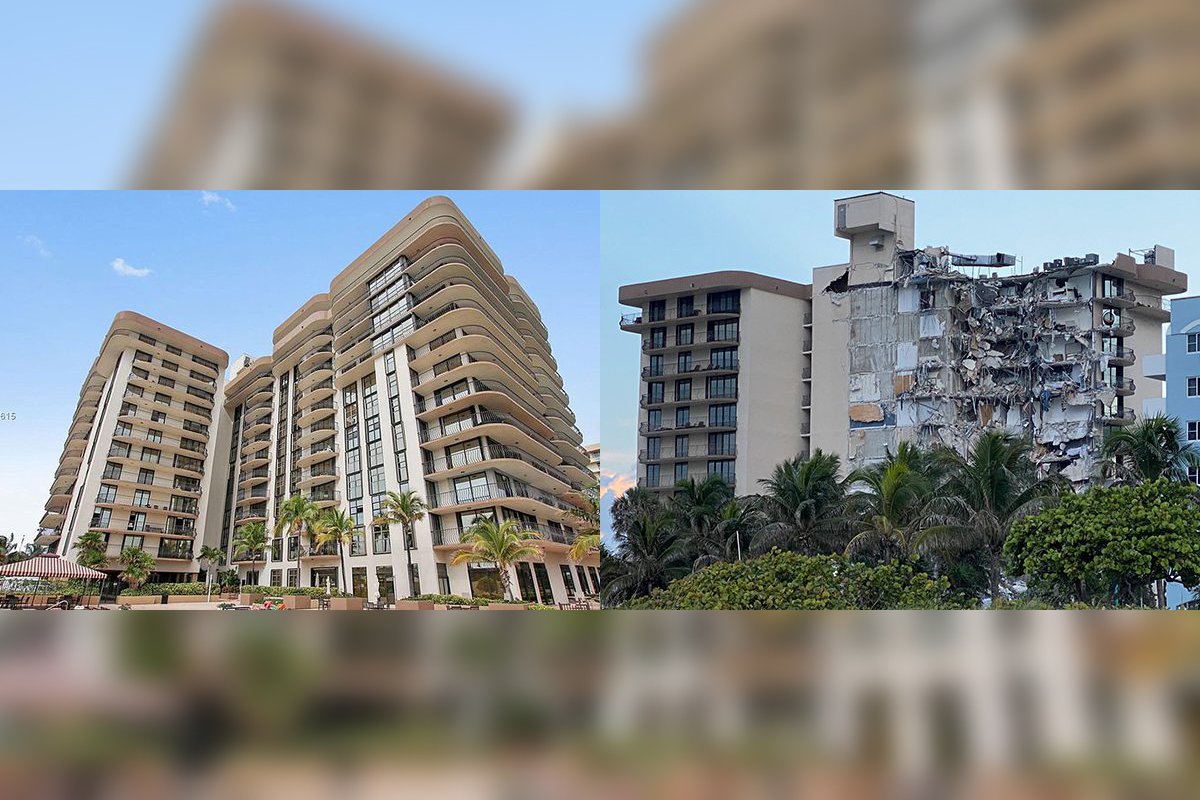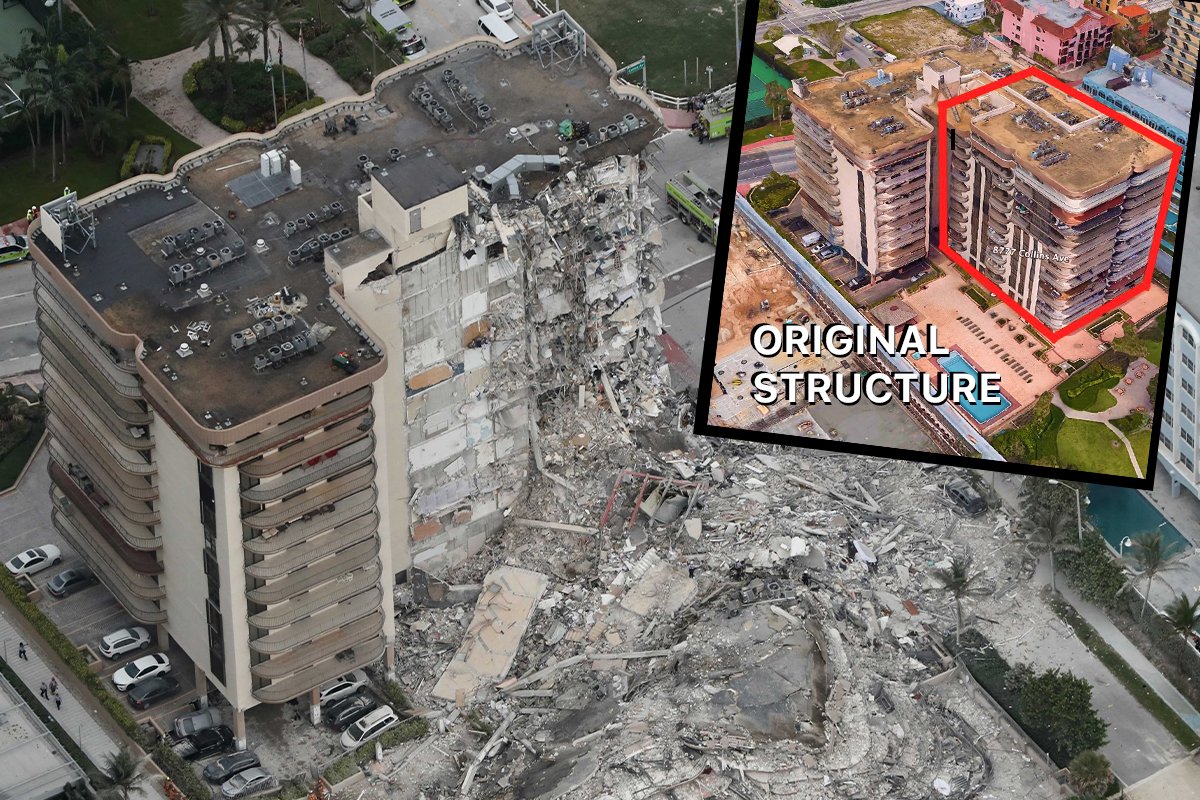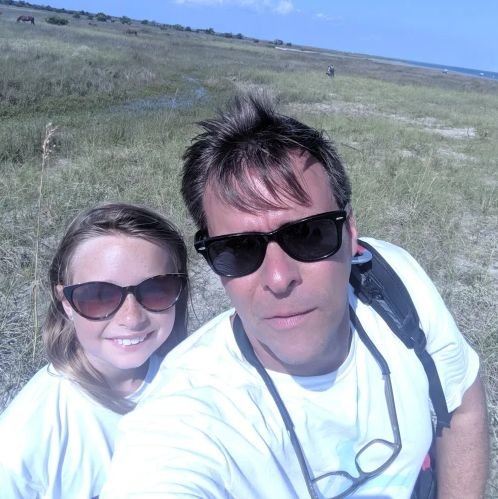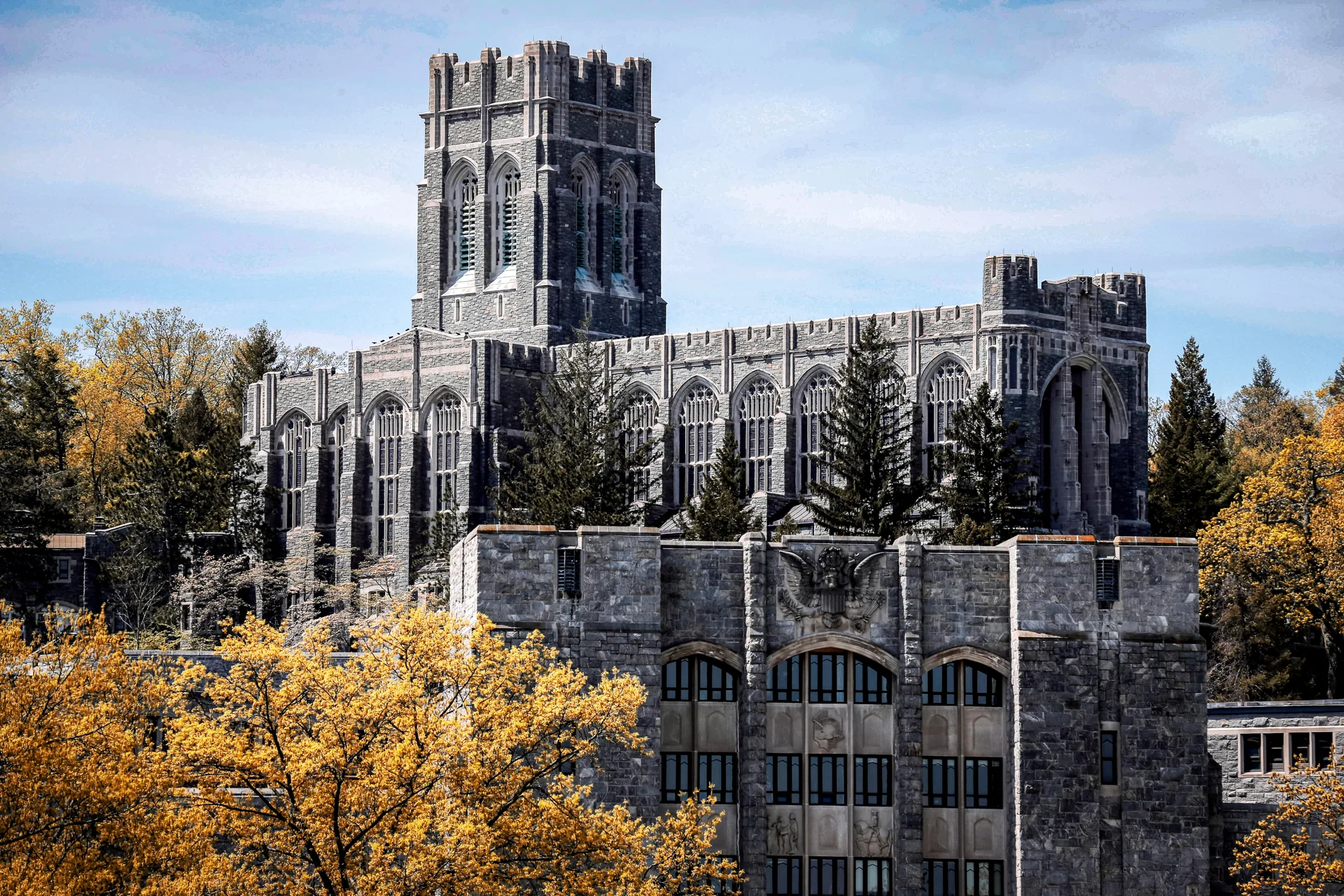
Beachside views of the Surfside, Fla., condo building before and after the collapse on June 24, 2021. The entire beachside wing of the building fell, crushing 55 apartments. Photos courtesy of Zillow and the Miami-Dade Fire Rescue Twitter feed.
Just past 1 a.m. Thursday, half of a Miami 12-story apartment building crumbled into rubble, crushing 55 apartments in seconds. The building collapse likely will be one of the deadliest in US history. Here’s what we know 24 hours later:
- Four were confirmed dead by midday Friday.
- 159 people are missing from the collapse, according to authorities. There is hope that a smaller number may have perished in the collapse because the building caters to some seasonal residents. Authorities said they believed that only about 80 of the building’s 136 apartments were occupied Thursday. But among the rubble of the 55 collapsed apartments, no survivors have been found other than two who were pulled from cars in the attached parking garage.
- More than 30 people were rescued safely from the still-standing portion of the high-rise.
- The building has a high number of residents from South Florida’s Jewish community and from South America. Reuters reported that 20 Israelis were among the missing, as were nine from Argentina, six from Paraguay, four from Venezuela, and three from Uruguay.
- The sister of the first lady of Paraguay was among the missing.

- A number of residents and family members were quoted in various media outlets complaining that the building was known for leaks, mold, and general mechanical issues, though there was no authoritative information available on whether those incidents were more common in that building than typical.
- The building was built in 1981 and was due for a mandatory 40-year safety overhaul this year. That process was ongoing with contractors but had not been completed. The 40-year building checkups are required for buildings in Miami-Dade County, Florida, and cover a wide range of construction codes, from electrical to plumbing to structural. Details of the building’s review were not clear.
- The building was apparently well-known to researchers at a nearby university as particularly prone to sinking — or what building engineers call “subsiding.” Shimon Wdowinski, a Florida International University Institute of Environment professor and a soil and hydrology researcher, said radar measurements taken in the 1990s showed the building sinking several millimeters per year, an alarming rate for a structure that was less than 20 years old at the time.
Read Next: VIDEO: 55 Apartments Crushed In Miami Collapse, Only Two Survivors Found In Early Rescues

Matt White is a former senior editor for Coffee or Die Magazine. He was a pararescueman in the Air Force and the Alaska Air National Guard for eight years and has more than a decade of experience in daily and magazine journalism.
BRCC and Bad Moon Print Press team up for an exclusive, limited-edition T-shirt design!
BRCC partners with Team Room Design for an exclusive T-shirt release!
Thirty Seconds Out has partnered with BRCC for an exclusive shirt design invoking the God of Winter.
Lucas O'Hara of Grizzly Forge has teamed up with BRCC for a badass, exclusive Shirt Club T-shirt design featuring his most popular knife and tiomahawk.
Coffee or Die sits down with one of the graphic designers behind Black Rifle Coffee's signature look and vibe.
Biden will award the Medal of Honor to a Vietnam War Army helicopter pilot who risked his life to save a reconnaissance team from almost certain death.
Ever wonder how much Jack Mandaville would f*ck sh*t up if he went back in time? The American Revolution didn't even see him coming.
A nearly 200-year-old West Point time capsule that at first appeared to yield little more than dust contains hidden treasure, the US Military Academy said.












